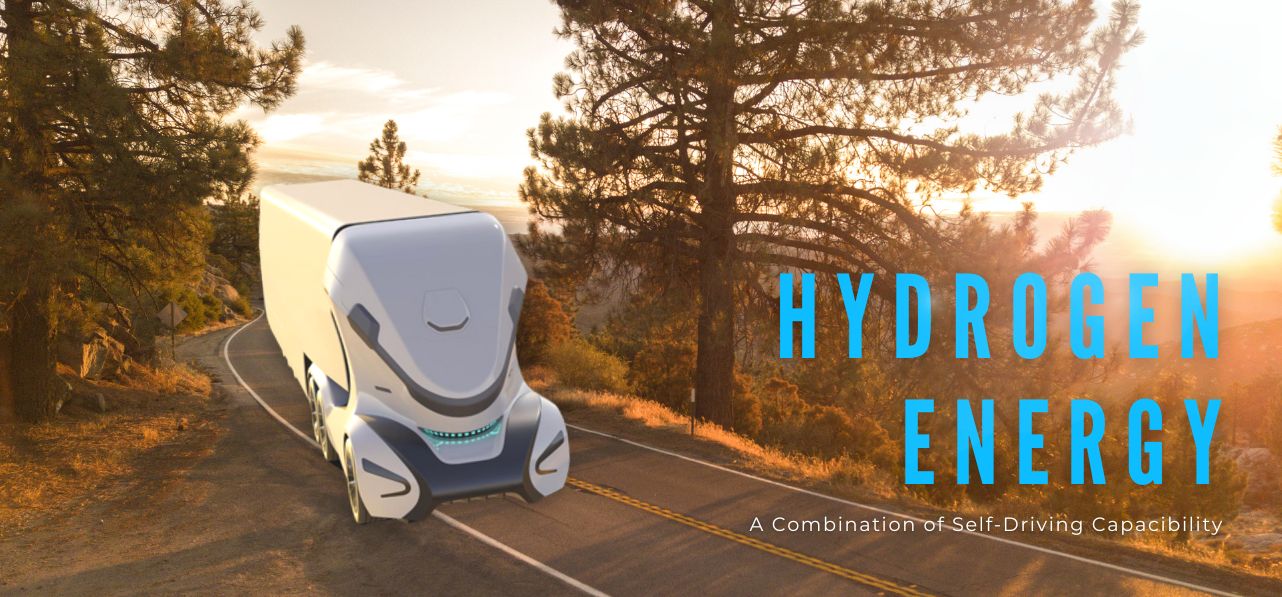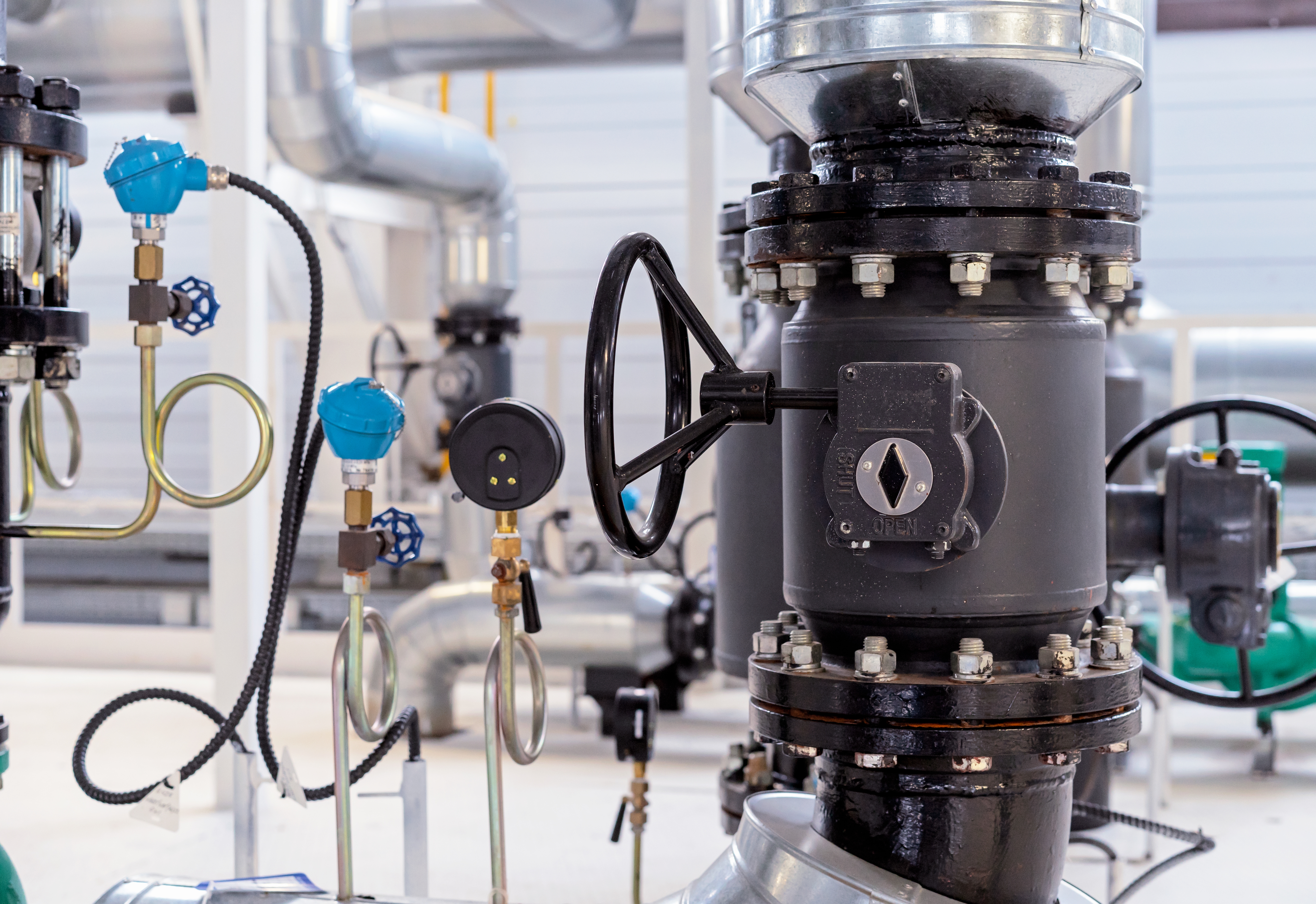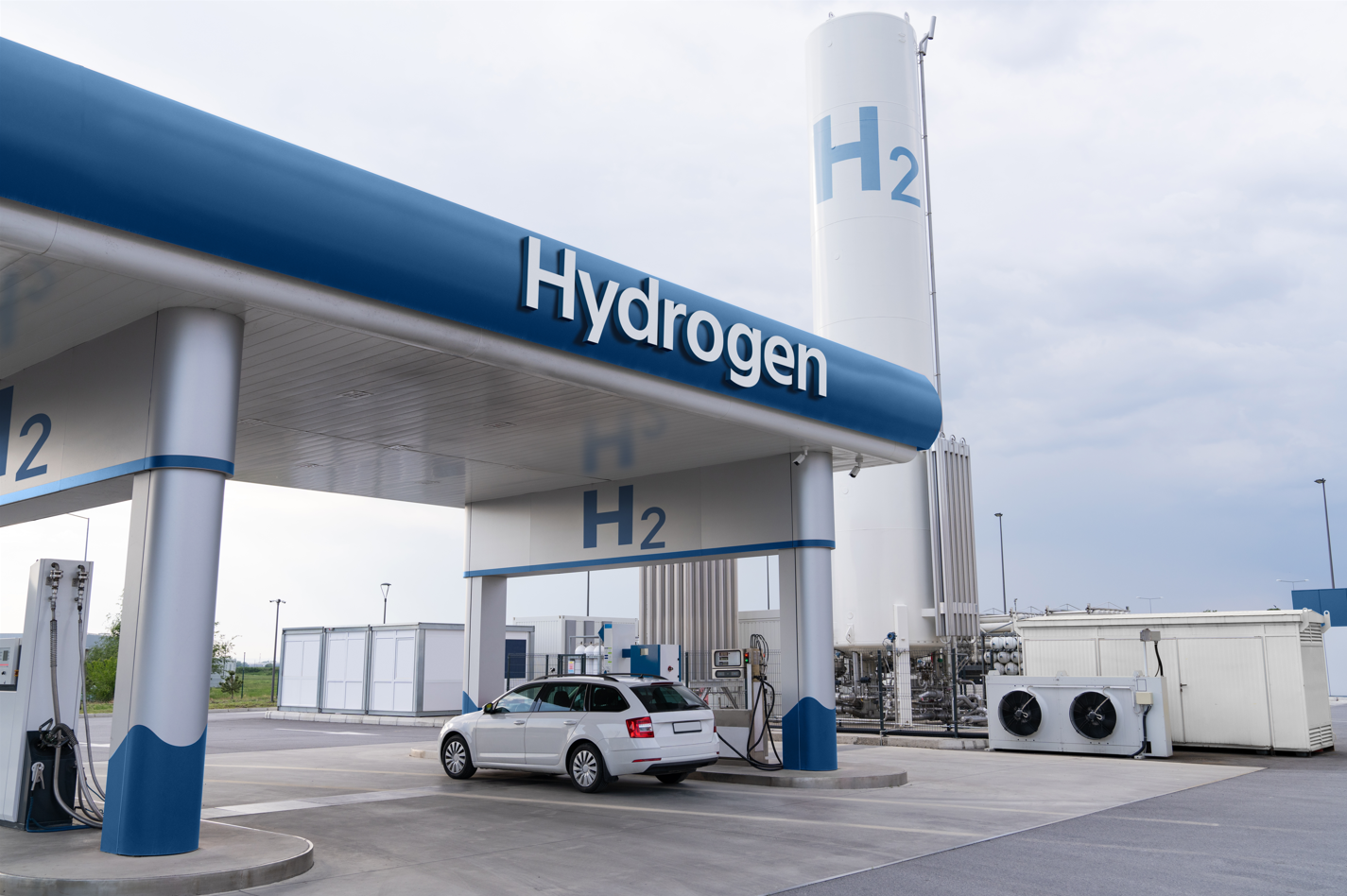Featured Articles
2022-10-28
A breakthrough of hydrogen energy in combining with self-driving capability to open up the revolution in transporting goods.
 With a combination of hydrogen fuel cells and self-driving technology, it can become an autonomous unmanned trailer in a port, airport or highway.
With a combination of hydrogen fuel cells and self-driving technology, it can become an autonomous unmanned trailer in a port, airport or highway.If gasoline is replaced by hydrogen fuel, just to achieve the purpose of zero emissions, it will waste the potential application space of hydrogen power. Although at this stage this possible idea cannot be commercialized due to lack of economy, Hyundai Motor is still actively presenting it in a conceptual way, which is refreshing, especially represented by the autonomous electric bogie hydrogen concept car. The idea of using bogies was inspired by the two-axle subframe of the train car at both ends.
This product is mainly a combination of hydrogen fuel cells and autonomous driving technology, based on the autonomous electric chassis with its four wheels of independent steering, which can achieve functions such as local turning and crab-like diagonal walking. The advantage of using an electronic bogie is that it can be operated independently or in pairs to form driverless trailers, which makes the trailer more maneuverable than ordinary semi-trailers on narrow streets. If multiple electronic bogies are placed in cluster mode and a pair of electric bogies are placed on a full-size semi-trailer, one at each end and working together, it can become an autonomous unmanned trailer in a port, airport or highway.
When applied on highways, it can also run in rows on highways, which can obtain better aerodynamics and long-distance efficiency, with an estimated endurance of 1000 kilometers. Once at its destination, the trailer can be automatically unloaded from the electric bogie on the ground floor, which can be driven to the next task. The trailer can even be divided into three containers, connecting most of the trip and then splitting into separate electric bogies to reach the final destination.
In addition, the company also proposed a new concept of rescue UAVs mobile solutions for fire and life-saving purposes, combined with fuel cell electric bogies, to perform remote autonomous operation of flying UAVs. Missions can also be carried out using images from unmanned aerial vehicles with a range of 450 to 500 km installed on the outside of the vehicle.
It is worth noting that the autonomous function of this driverless trailer is not achieved by repurposing the technological modifications developed for passenger car applications, but rather by a completely new way of operating for the unique requirements of container transport applications. This way of redefining the movement of containers is a major innovation in the automotive industry and is a demonstration of the determination of Hyundai Motor to bet on forward-looking technologies.
References
This product is mainly a combination of hydrogen fuel cells and autonomous driving technology, based on the autonomous electric chassis with its four wheels of independent steering, which can achieve functions such as local turning and crab-like diagonal walking. The advantage of using an electronic bogie is that it can be operated independently or in pairs to form driverless trailers, which makes the trailer more maneuverable than ordinary semi-trailers on narrow streets. If multiple electronic bogies are placed in cluster mode and a pair of electric bogies are placed on a full-size semi-trailer, one at each end and working together, it can become an autonomous unmanned trailer in a port, airport or highway.
When applied on highways, it can also run in rows on highways, which can obtain better aerodynamics and long-distance efficiency, with an estimated endurance of 1000 kilometers. Once at its destination, the trailer can be automatically unloaded from the electric bogie on the ground floor, which can be driven to the next task. The trailer can even be divided into three containers, connecting most of the trip and then splitting into separate electric bogies to reach the final destination.
In addition, the company also proposed a new concept of rescue UAVs mobile solutions for fire and life-saving purposes, combined with fuel cell electric bogies, to perform remote autonomous operation of flying UAVs. Missions can also be carried out using images from unmanned aerial vehicles with a range of 450 to 500 km installed on the outside of the vehicle.
It is worth noting that the autonomous function of this driverless trailer is not achieved by repurposing the technological modifications developed for passenger car applications, but rather by a completely new way of operating for the unique requirements of container transport applications. This way of redefining the movement of containers is a major innovation in the automotive industry and is a demonstration of the determination of Hyundai Motor to bet on forward-looking technologies.
References
-
2022-04-02, 騰訊網, 引領未來氫能社會轉型——現代汽車走出了“韓國經驗”
-
2022-07-22, Hydrogen Central, A Green Hydrogen Economy Depends on This Little-Known Machine
-
2021-09-07, Hyundai Motor, Press release, Hyundai Motor Group presents its vision to popularize Hydrogen by 2040 at Hydrogen Wave Forum
- 2021-09-06, CNET, Antuan Goodwin, Hyundai's Fuel Cell Trailer Drone is the future of trucking, minus the trucks
- 2021-09-07, Hyundai Motor, Press release, Vision FK, the world’s first high-performance eco-friendly hydrogen electric vehicle



